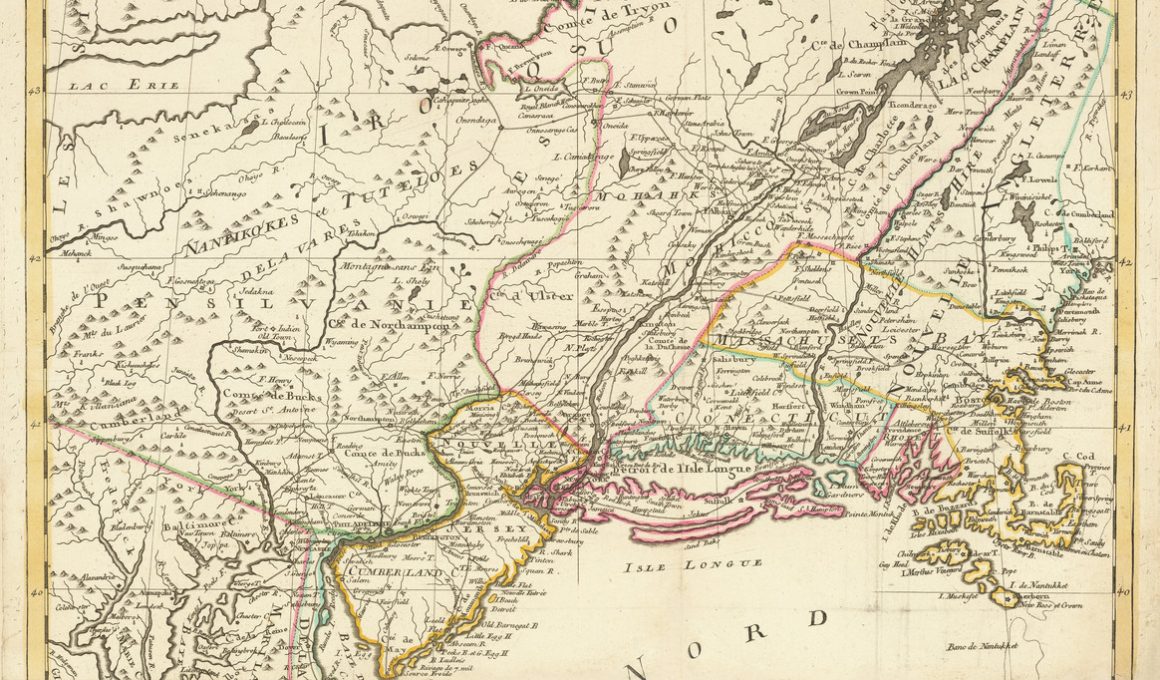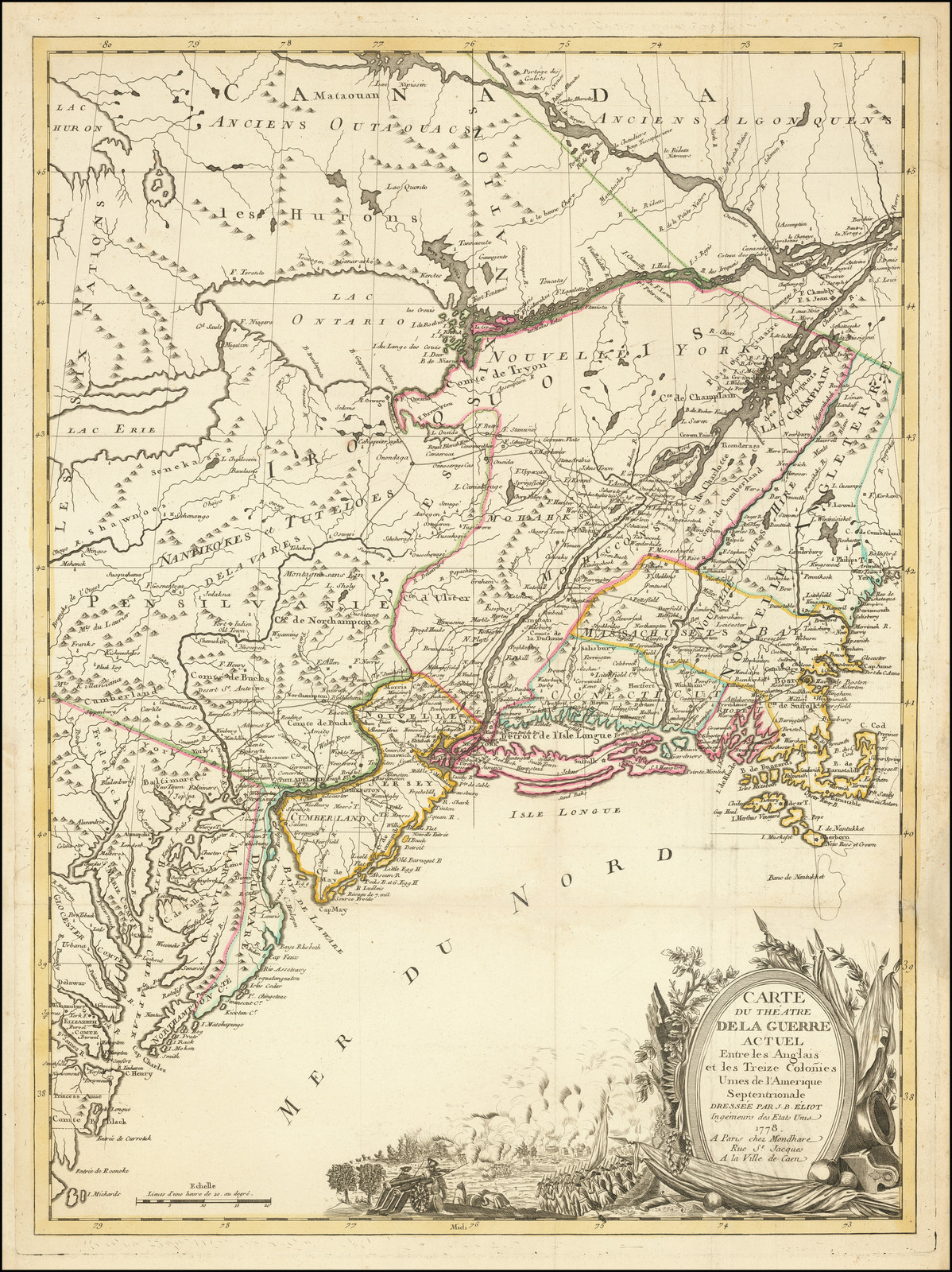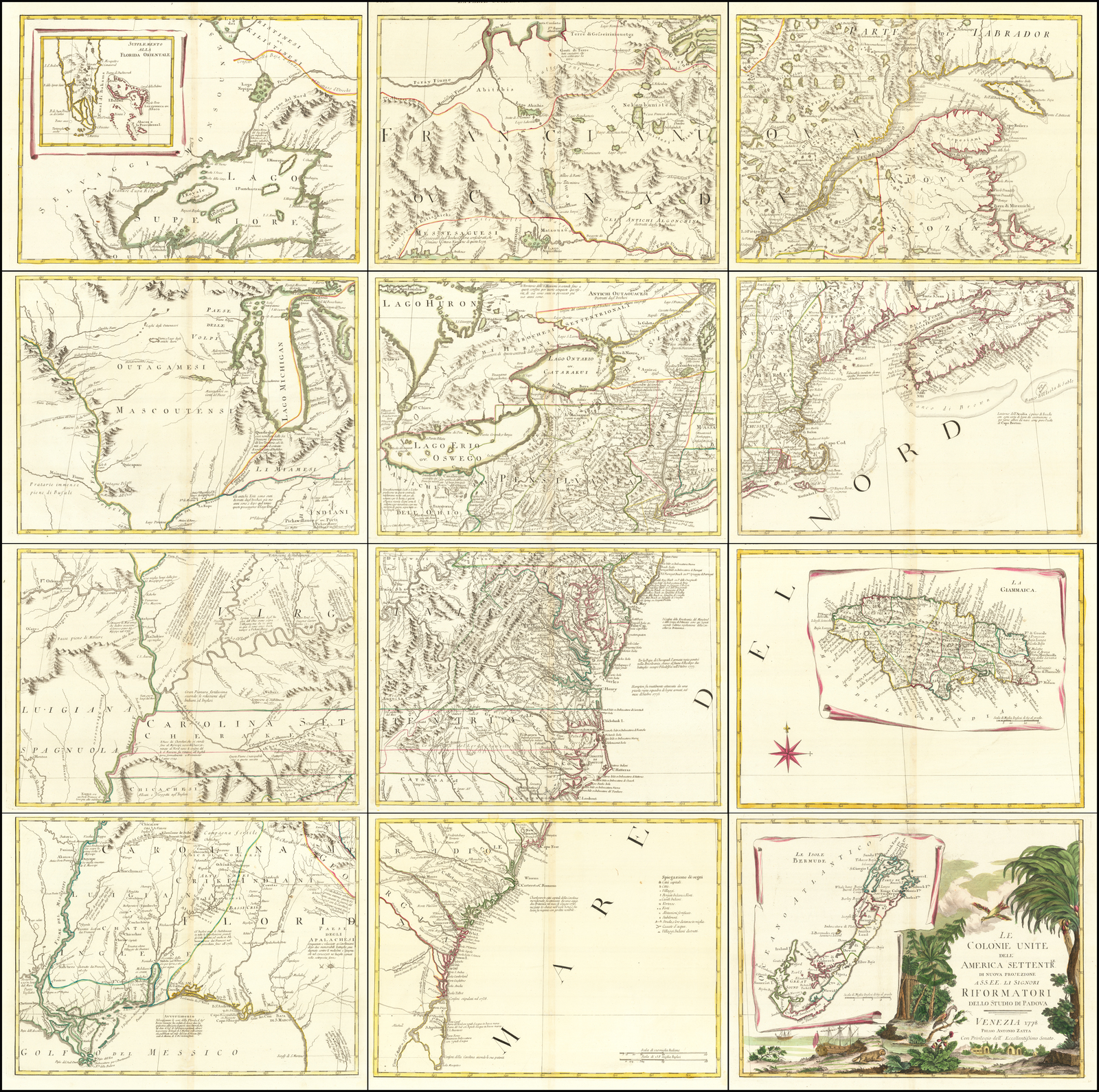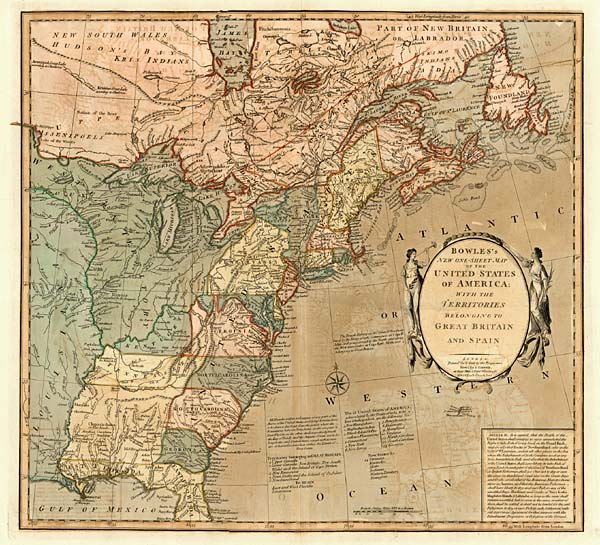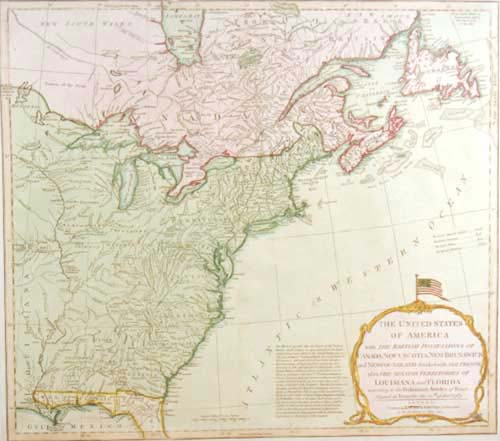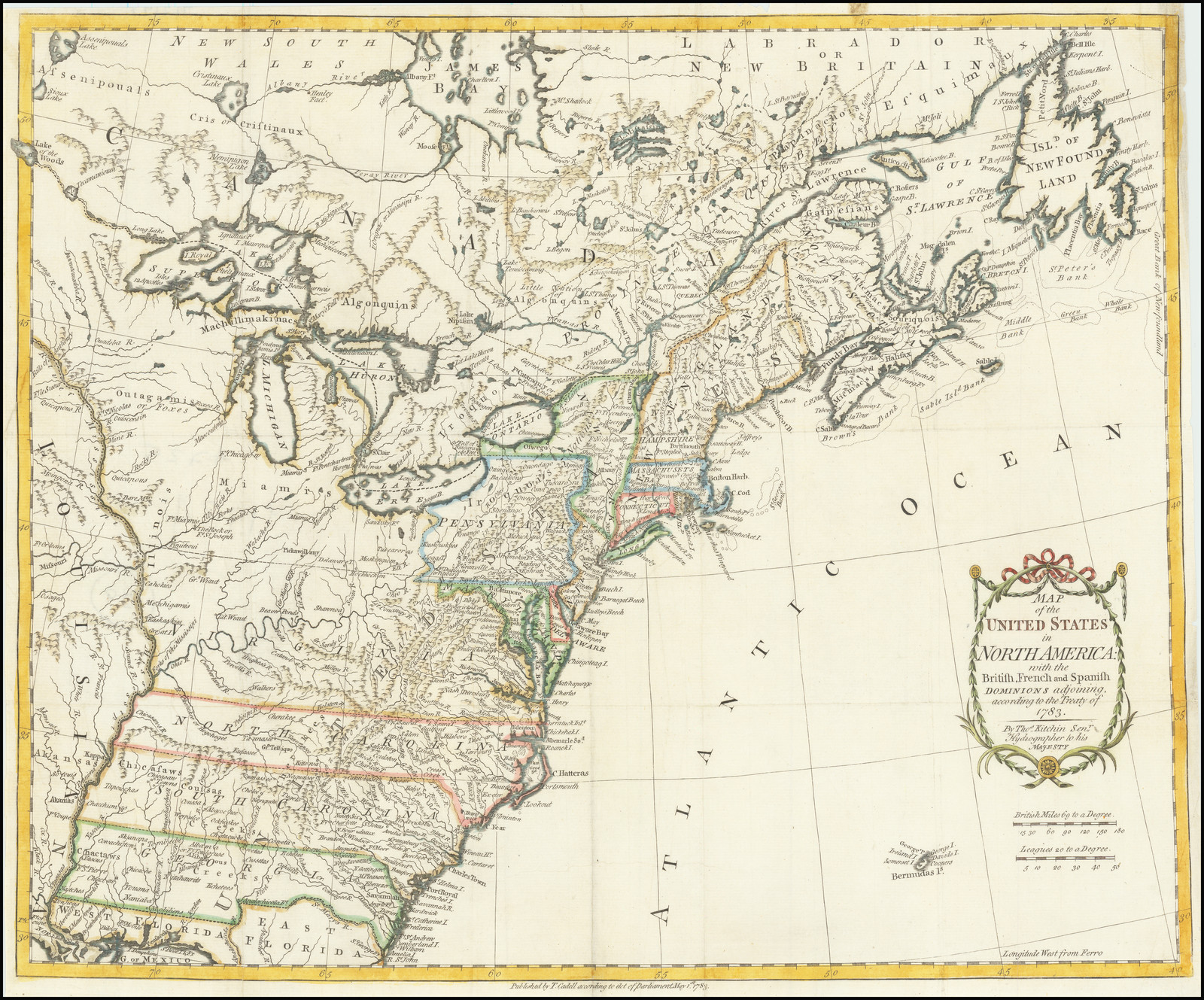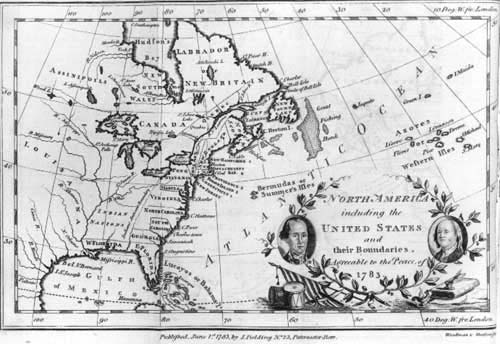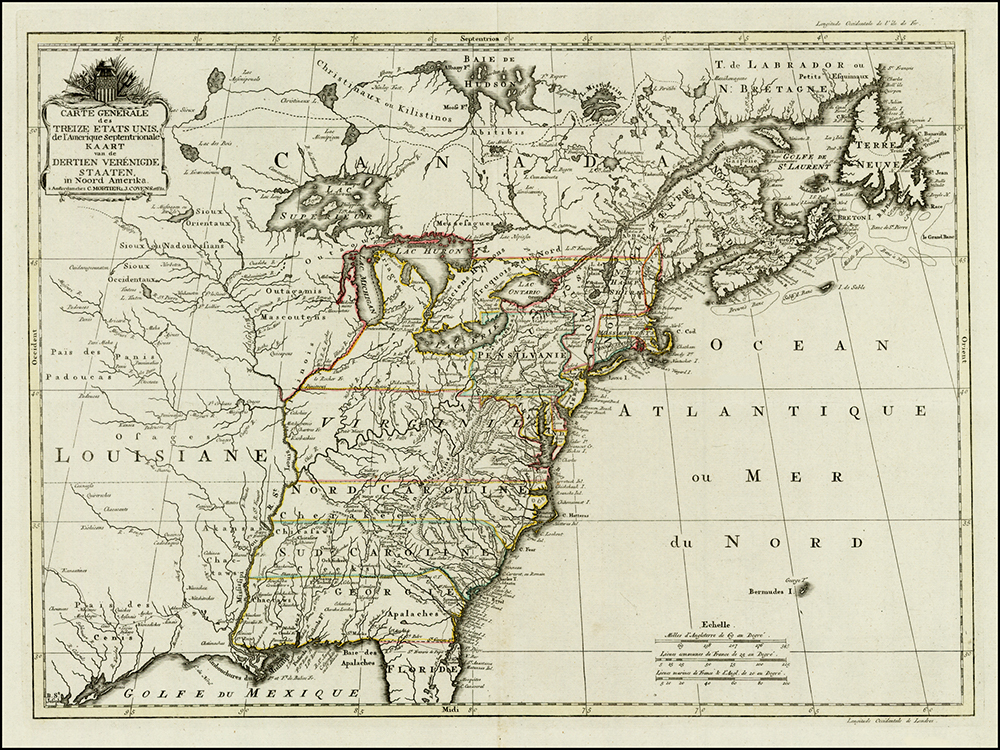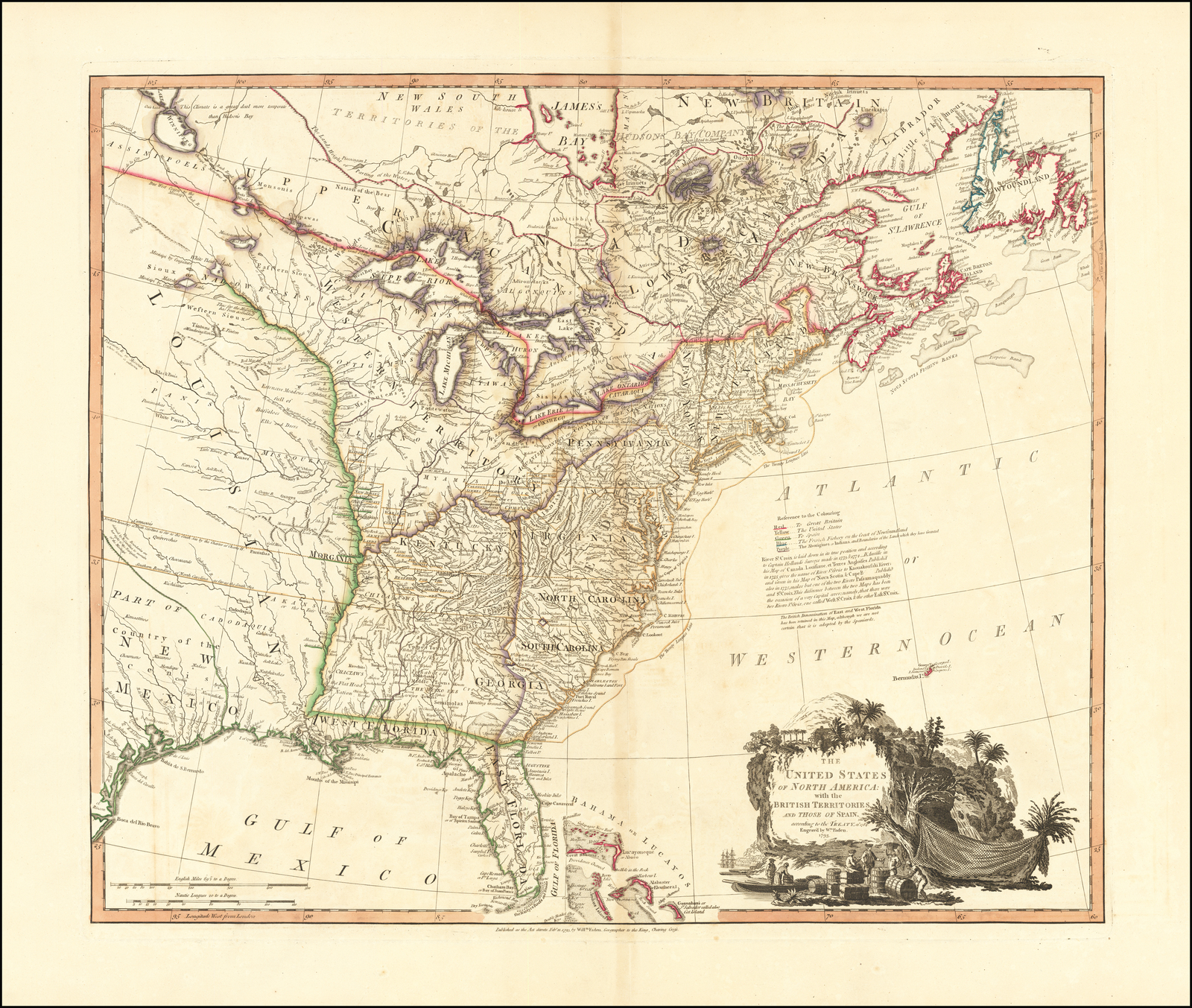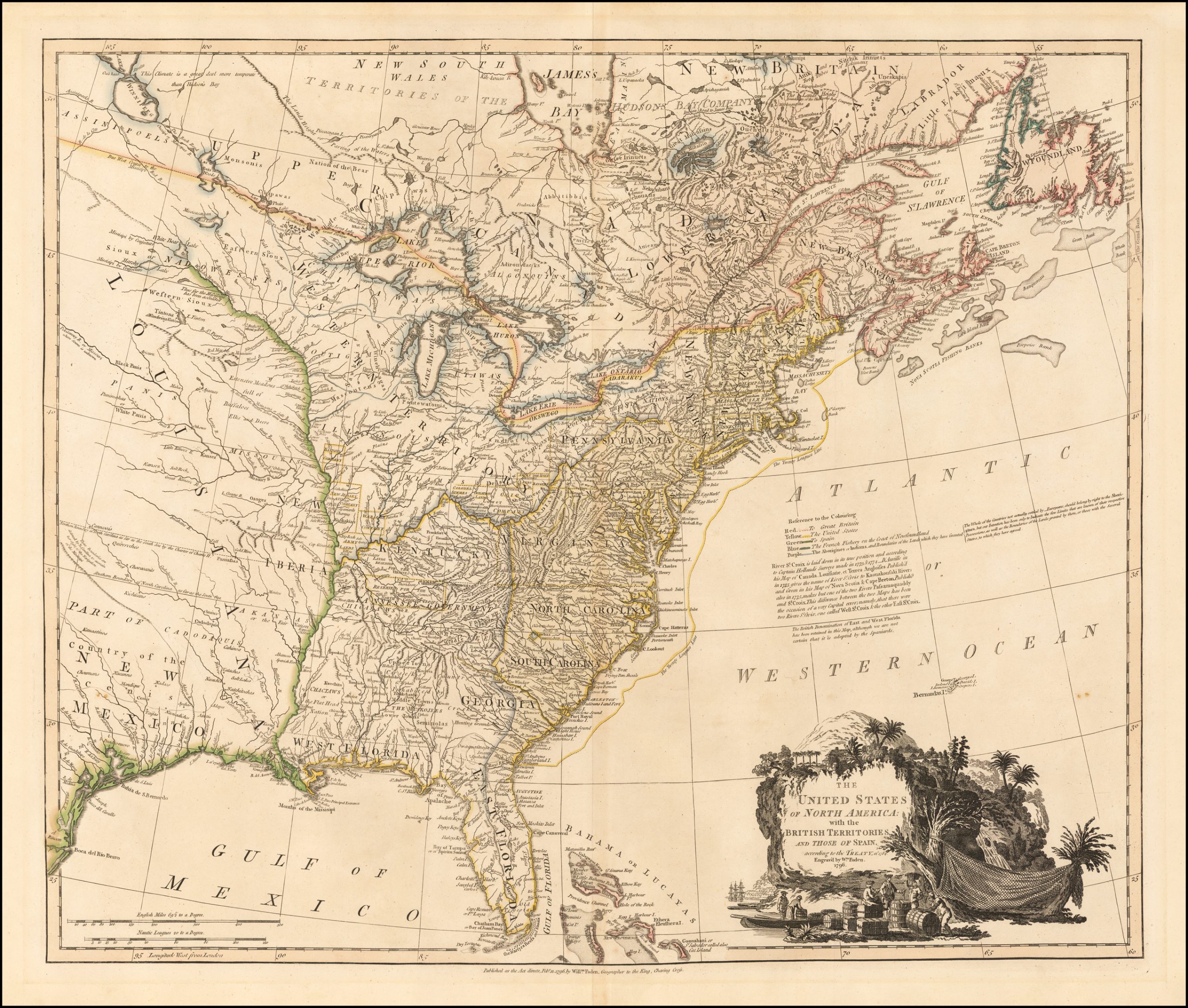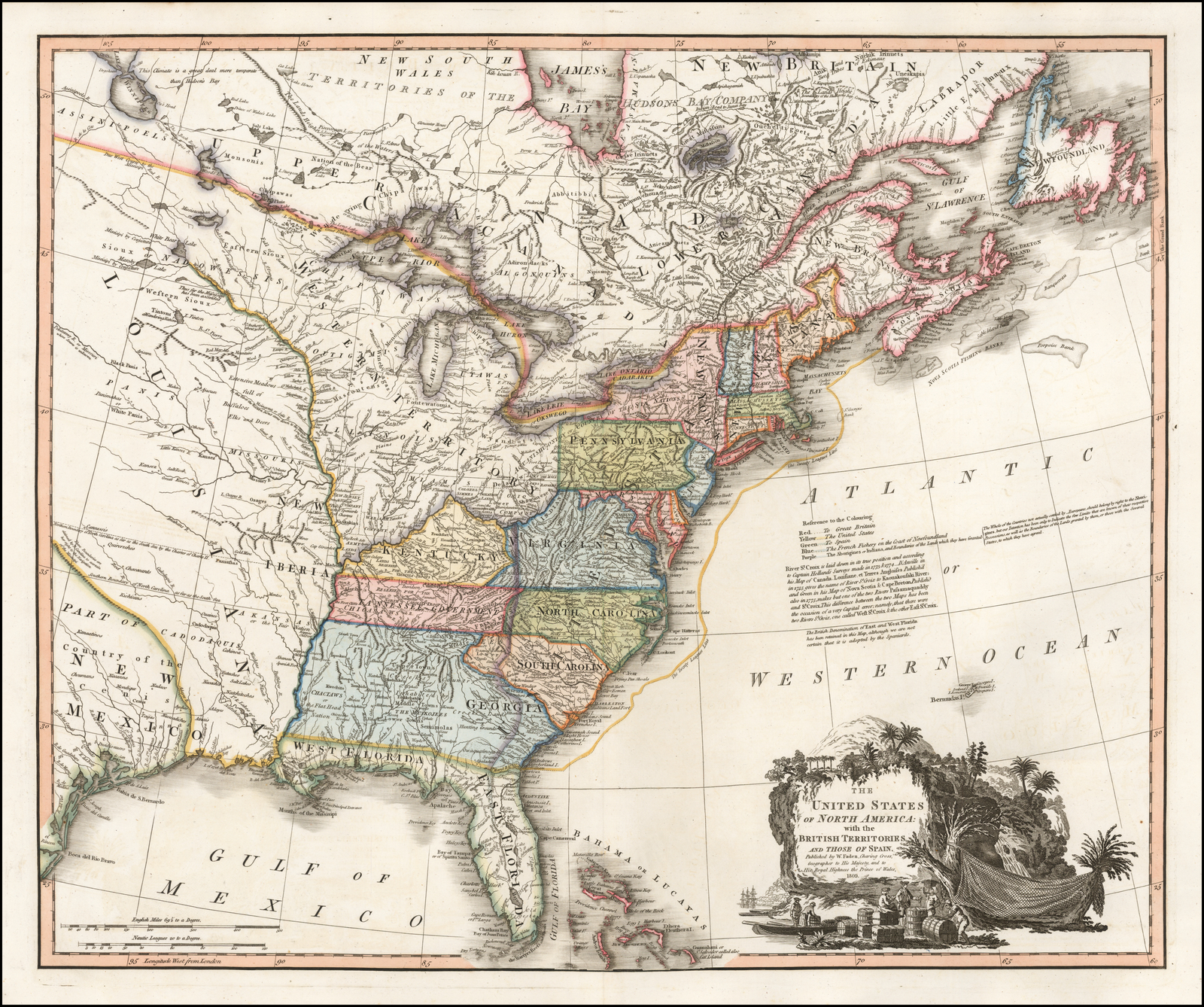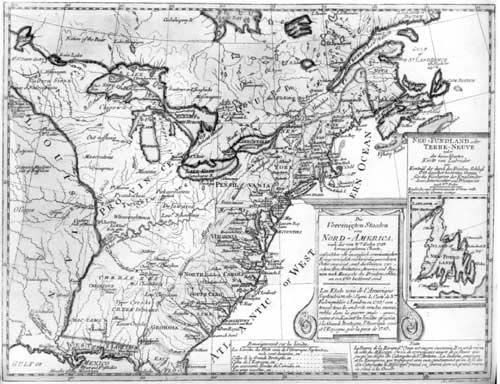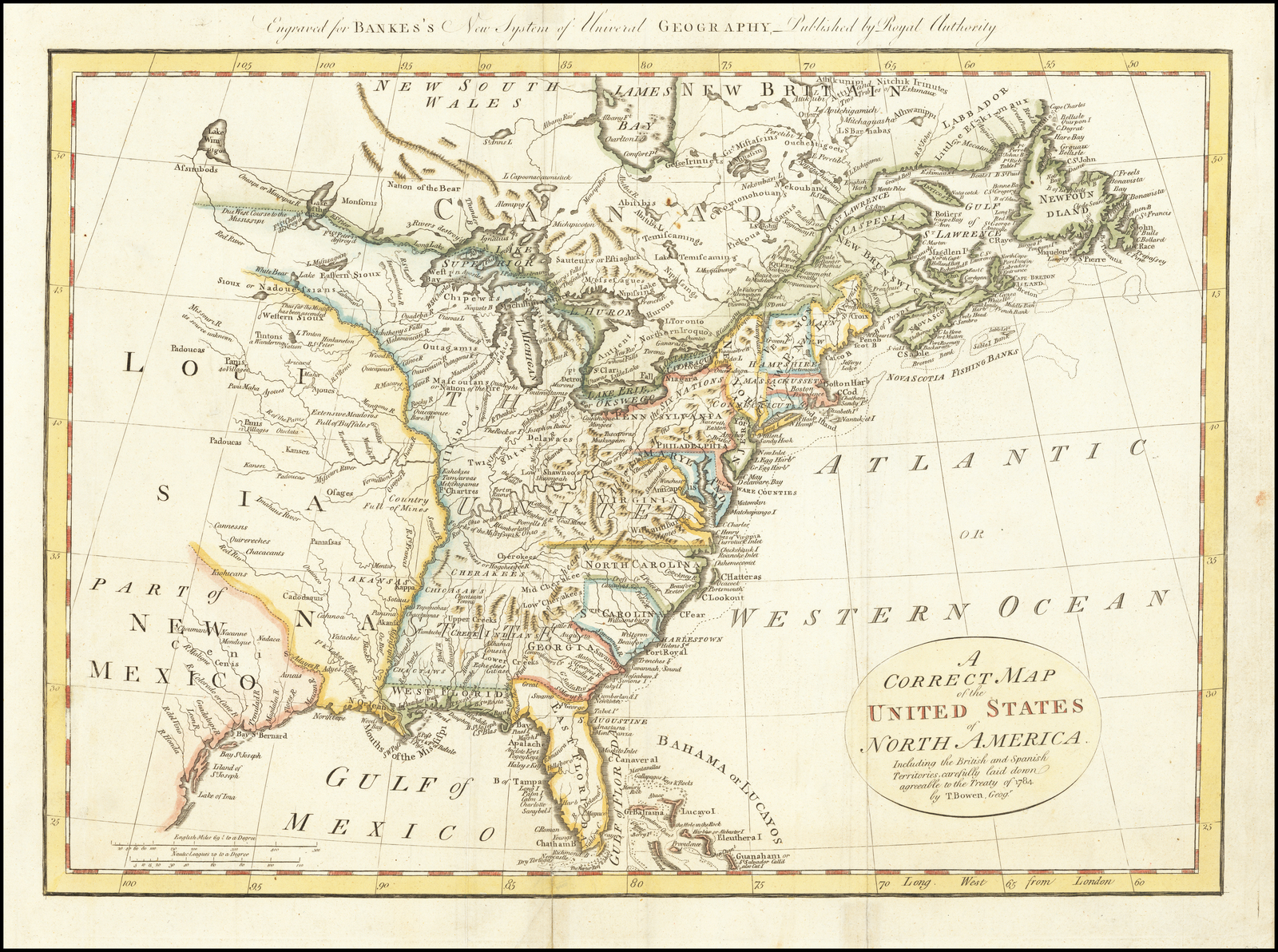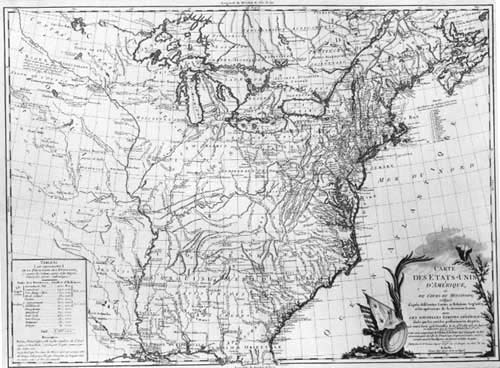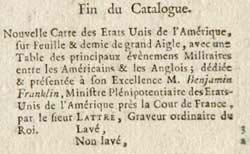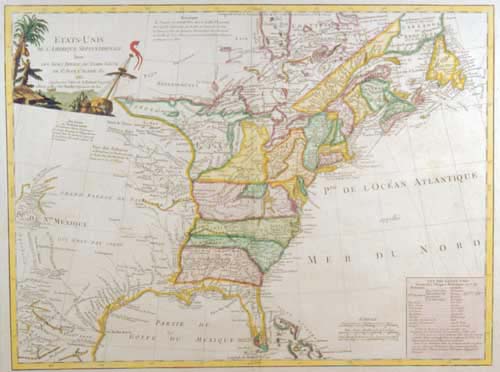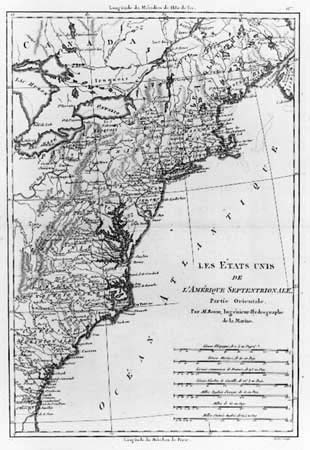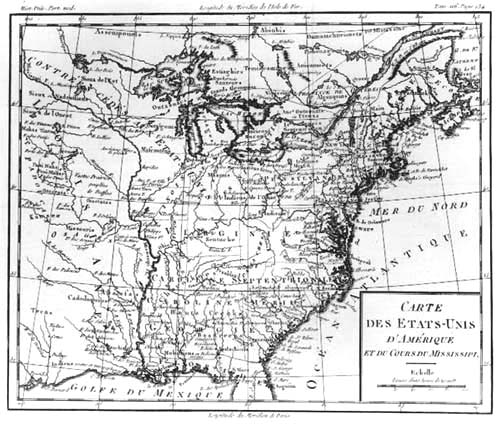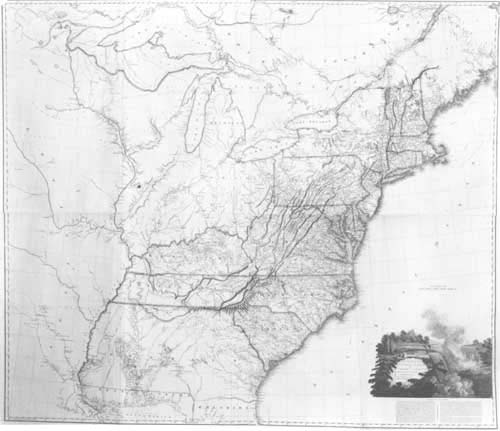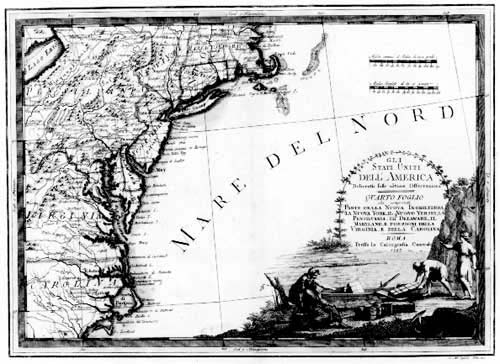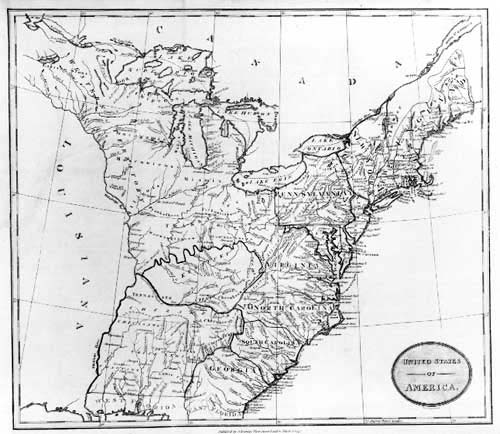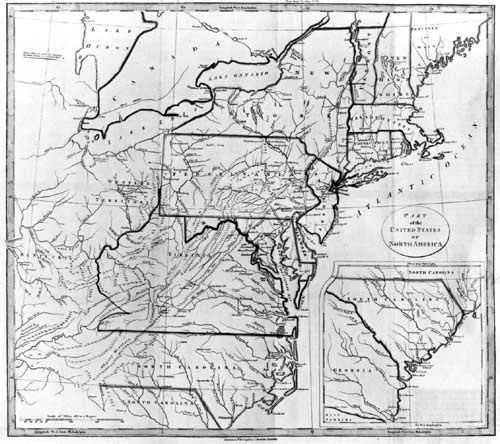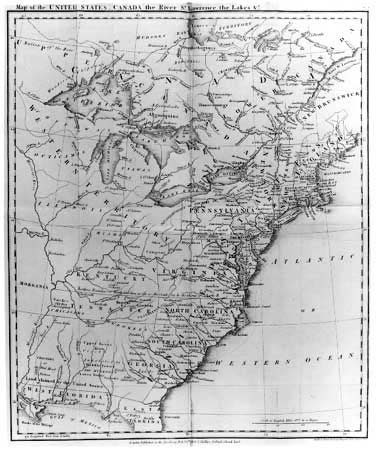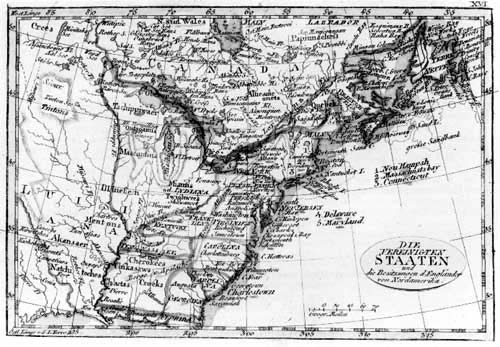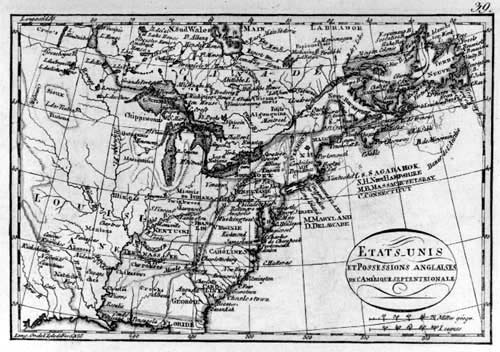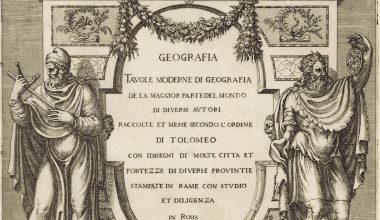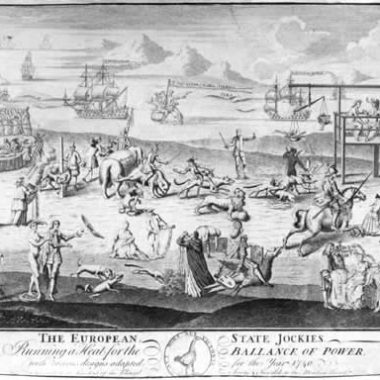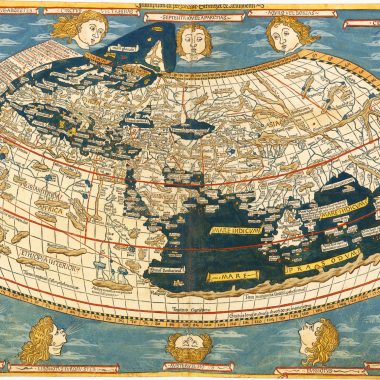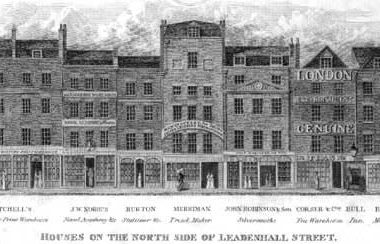One of the principal impetuses in the advancement of cartography is war. Wars require new survey work, to map terrain, delineate routes of march, and lay out and describe fortifications. These new surveys then need to be duplicated so that the information is readily available for the army to use, and so that, through their use, the detail can be revised and corrected. In the same way, wars also stimulate interest in the home-based citizenry for maps as a pictorial extension of the accounts carried in the papers of the day, to illustrate the lines of march, the phases of a battle, or conduct of a siege.
The American Revolutionary War proved to be no different. British map-publishers, who were starting to achieve ascendancy over other map-making nations, eagerly published maps of the battles and campaigns of the war, in face of a voracious public demand, and their French competitors soon entered the market, following France’s entry into the war. Kenneth Nebenzahl records 216 printed battle plans, published between 1775 and 1795.
While one might have thought that the surrender of the British Army at Yorktown would have prompted a huge upsurge in maps of the United States, it was not until 1783, closely following on from the signing of the Preliminary Treaty of Peace on January 20th that this increase can be seen.
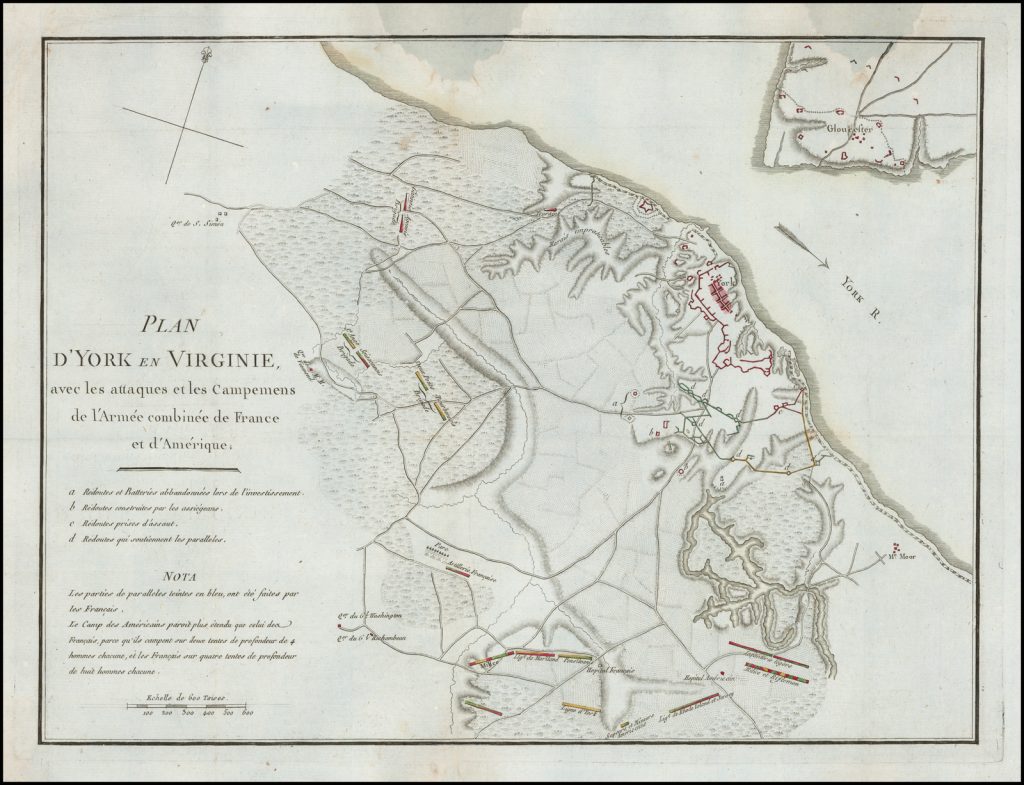
It should be noted, however, that the approach of many mapmakers to the new nation was symbolic, rather than original, as the demands of depicting a new country are not quite the same as waging a war. In many cases, existing copperplates were pressed into service, with their titles altered, and the new nation’s boundaries inserted. This is particularly the case for some of the earliest English maps. Many subsequent European mapmakers felt justified in copying these early prototypes, or failed to see the commercial viability of producing original material, so little that was original emerged until nearly the end of the century.
For original mapmaking, one has to look to the Americans themselves. For a long time, access to British publishers had served to suppress a domestic publishing industry for maps, and in the years following the end of the Revolutionary War, Americans took their first hesitant steps towards cartographic independence, with a number of fine large-scale maps of the United States, by Abel Buell, William McMurray, and Abraham Bradley Jr, for example.
There has always been a tremendous cachet attached to the first map to refer to the United States in the title, and this discussion has been somewhat confused by the different terminology the Americans used to describe themselves. The Declaration of Independence, signed on July 4th 1776, was headed “The Unanimous Declaration of the Thirteen United States of America” while also, later in the text, referring to the “United Colonies.” In the Articles of Confederation, signed in late 1777, the name “The United States of America” was adopted for the new republic.
In 1778, two maps were published in France, referring to the “United States” in the title [maps A & B]. Until relatively recently, the Eliot map has been described as “the earliest to include in its title les Treize Colonies Unies de l’Amerique …, thus claiming priority in the naming of the new nation, in its French translation …”
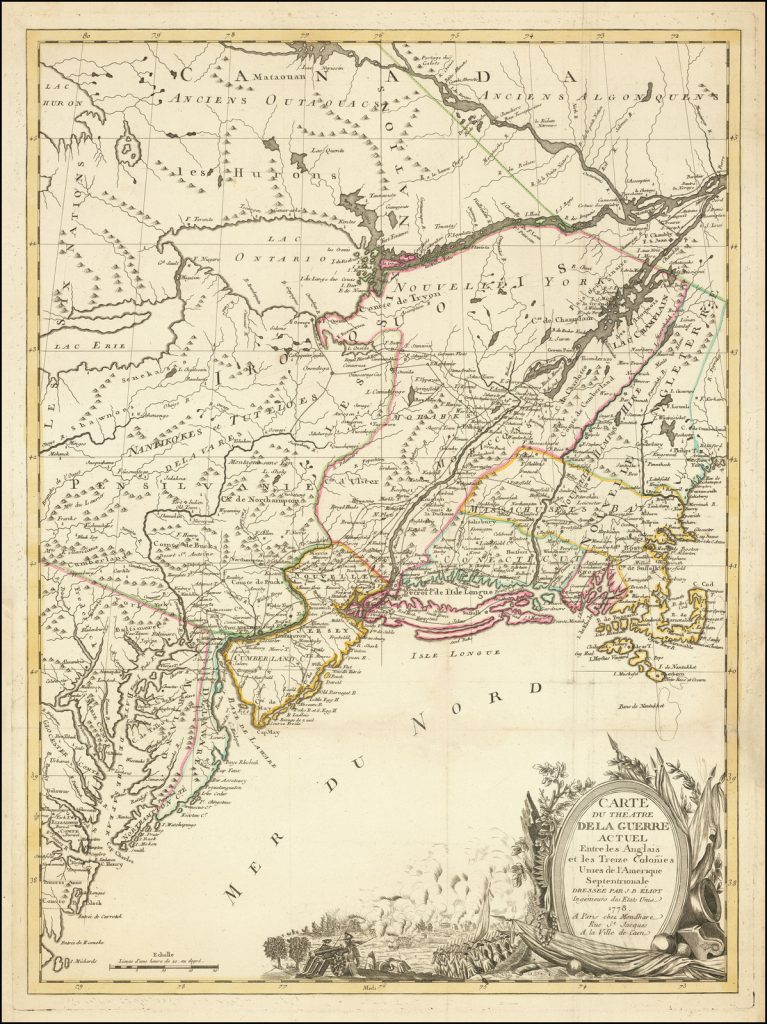
In an article published in 1993 , in expanding a point made by Mary Pedley, Tim Coss argued that another map, first published by Didier Robert de Vaugondy in 1755, and re-published by Jean-Baptiste Fortin, in 1778, should claim precedence. He wrote:
With the emergence of the 1778 Vaugondy/Fortin map, the Eliot map can no longer claim sole possession of the ‘firsts’ previously attributed to it. And it could never have been considered the first map of the United States, with its title in transitional stage between British Colonies and United States (Colonies Unies)
This distinction, in my opinion, belongs to the Vaugondy/Fortin map. Its title is unambiguous, the area it coves includes a large portion of the territory of the original thirteen States, and no other map with these qualifications is dated as early as 1778 …
Despite Coss’ arguments, I have little doubt that the Eliot map comes first in chronological sequence. It would seem that the map was, at least in part, constructed in the Americas, if Eliot’s claim to be Ingénieur des Etats Unis is true, at a time when the two versions “United Colonies” and “United States” were in parallel use, both denoting an independent political entity separate from the British, while reflecting uncertainty about the name for the new republic. The Robert de Vaugondy/Fortin map seems to be a later form, re-engraved after the name “United States” was officially adopted, presumably when that news arrived in France.
Furthermore, the Eliot map seems to have captured popular imagination, in a way that the Robert de Vaugondy map does not. While a proper census of copies of the Eliot has never been attempted, it is clear that it survives in rather more examples than people think. Three examples have passed through London within the last two years, that I know of. The Robert de Vaugondy, on the other hand, does seem rather rarer, perhaps reflecting its size, and attendant risk of loss through damage, but also perhaps that the simple change of title did not generate appreciable renewed demand for the map.
In any case, neither map is a map of the United States, in a geographical sense; the Eliot is principally a map of New England, and omits much of the Middle States, and all the Southern States, while the Robert deVaugondy omits the Southern States.
So far as I am aware, the first printed map devoted to the thirteen states, and to use the a name distinguishing them from their previous status of British Colonies was published neither by an Englishman, Frenchman or American, but by an Italian, Antonio Zatta. His map, Le Colonie Unite Dell’America Settentrle ... was published in 1778, in his Storia Dell’America Settentrional, and then re-issued in the Atlante Novissimo (1778-1785). While (in relative terms) a common map, I do not know that anyone has previously remarked on the significance of the title.
The map is an Italian edition of John Mitchell’s landmark map of The British And French Dominions in North America …, first published in 1755; Zatta’s version, engraved in 1778, includes a small number of notes relating to events in the Revolutionary War, but is otherwise a close copy of Mitchell’s original.
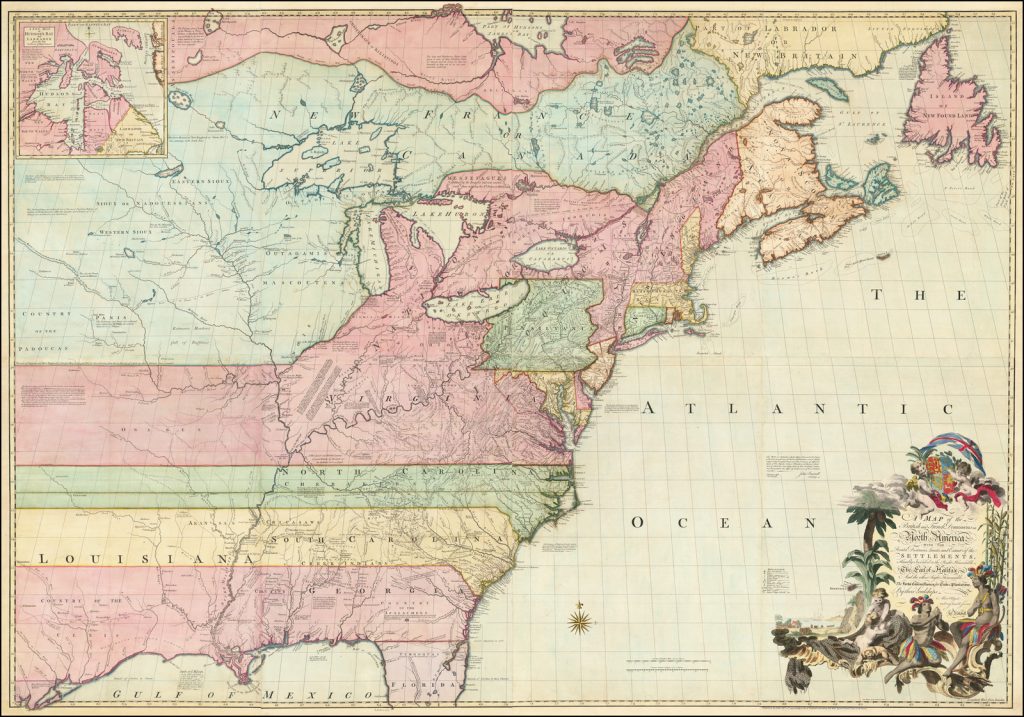
The first map, that I have located, devoted to the thirteen states, that uses the name United States (in its French form) in the title is Rigobert Bonne’s map of July 1781.
The following list is a check-list of maps devoted to the United States, that is the region bounded by Florida in the south, the Mississippi in the West and Britain’s Canadian possessions in the North, published up to 1800. Omitted are maps of larger areas, such as of North America, the Western Hemisphere, and of the World as a whole.
